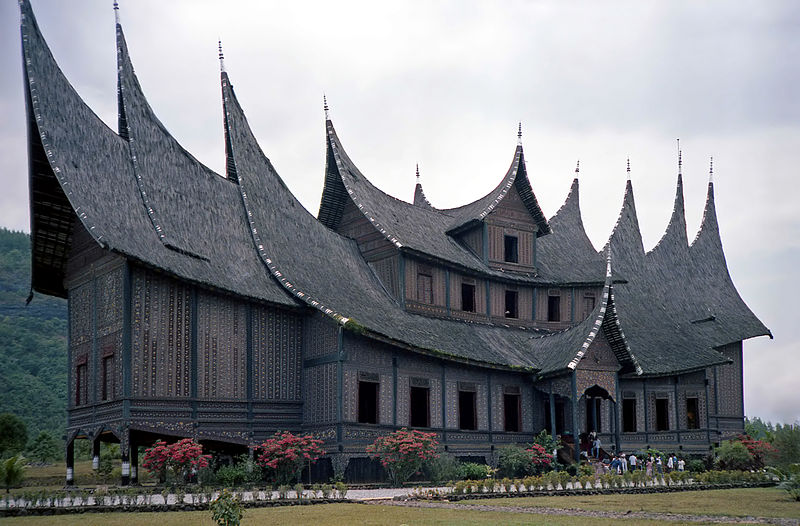Indonesia has biodiversity, especially its fauna. One of them is a type of bird that lives in the Gunung Leuser National Park area of Aceh province and is known as kucica tail kuning or in the local language known as ceumpala kuneng.
This bird whose scientific name is Trichixos pyrropygus, enjoys lush moist forest areas, including swamp forests. The distinctive feature of this bird is its chirp which is a long series consisting of melodious whistles, single and double tones, increasing and decreasing alternately. Thanks to its interesting chirp, it’s no wonder this bird is loved by the public.
The kuneng ceumpala became Sultan Iskandar Muda’s favorite bird who led Aceh in the 1607-1636 era. This bird is often mentioned in every ancient folklore in Aceh. So popular is the name yellow tail kucica that it is designated as the fauna identity of Aceh.
The yellow tailed kucica belongs to the warbler family and is often referred to as the Rufous-tailed Shama. It measures about 21 centimeters (cm) in size, and has a long tail with glossy dark gray brown fur.
There is a characteristic white eyebrow formed above the eye. Black beak is slender and sharp. On the chest and stomach to the base of the tail and back of this bird is reddish yellow.
While at the end of the tail there is a black color with a white border at the bottom. The color of the female kucica’s yellow tail fur looks brown and does not have white eyebrows above her eyes.
In some ways, this bird looks like a stone magpie (Copychus malabaricus). The main difference lies in the yellowish orange tail feathers. That’s why this bird is called the yellow tailed kucica.
The yellow tailed kucica is not actually a bird endemic to Aceh. Birds that do not have this subspecies / race range from Southern Thailand, the western region of Peninsular Malaysia, and Sumatra and Kalimantan including Brunei Darussalam, Sabah and Sarawak.
Yellow tailed kucica breed by ovovivipar or lay eggs and give birth. So this bird embryo develops in the egg and remains in the mother’s body until the egg hatches. After that phase, the new individual leaves the parent body. The food reserves that the embryo gets comes from inside the egg and not from the mother’s body.
In Gunung Leuser National Park, the population of yellow tail kucica continues to decline due to rampant hunting due to high economic value and illegal logging. There is no definite number of how many populations of yellow tailed chrysanthemum still survive in the wild.
In 2012, the BirdLife International institute included yellow tailed kucica on its list of endangered birds. This was followed by the status of the Red List of Threatened Species issued by the international conservation organization, the International Union Conservation of Nature (IUCN) in 2012.
According to IUCN, yellow tailed kucica from Aceh is included in the list of protected animals because it is near threatened (NT).
At the same time, the Provincial Government of the Special Region of Aceh and the District Government of South Aceh issued regional regulations (qanun) in 2013.
The qanun contains a prohibition against hunting and trading of the yellow tailed kucica. In fact, anyone who tries to bring out the Serambi Mekah fauna icon is threatened with imprisonment and financial fines.
The government of South Aceh Regency is very dependent on the presence of yellow tail kucica as a natural predator of borer pests that often cause many community-owned nutmeg plants to die. come on, get interesting information and add to your insight from Indonesiar.com. let’s visit Indonesia.






